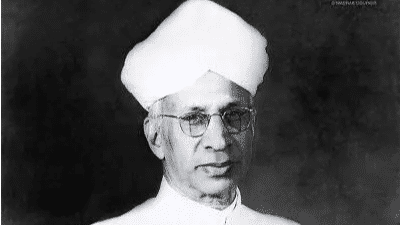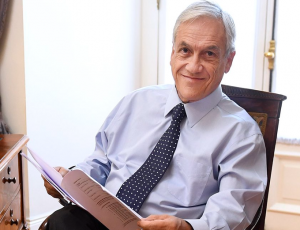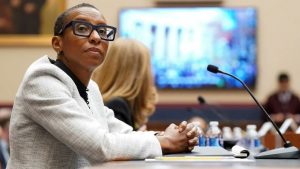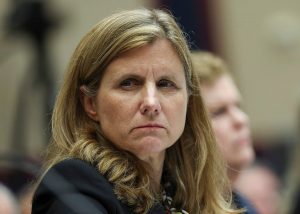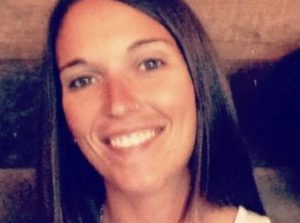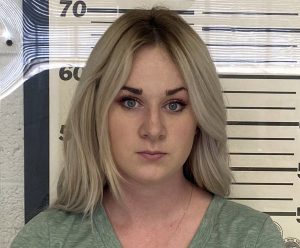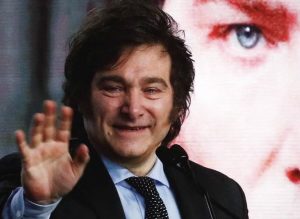Teacher’s Day is celebrated across the
country every year on September 5 to mark the birth anniversary of Dr Sarvepalli
Radhakrishnan, India’s second President and a beloved teacher. The day also
serves as a recognition of the contribution of teachers in society, with
students paying tributes to their gurus and mentors for their hard work and
invaluable teachings.
The day is celebrated in schools across India
with dance, songs and other creative programs.
Also Read | Teachers’ Day 2021: 5 gift ideas to surprise your teacher
Who was Dr Sarvepalli Radhakrishnan?
Born on September 5, 1888 in the town of Tirrutani in Tamil Nadu, Dr Sarvepalli Radhakrishnan served as India’s second President from
1962-1967. A well-known scholar, philosopher and teacher, Dr Radhakrishnan
encouraged students across the country to use the power of education to grow
and reshape the future.
When he took office as President, a number
of his students asked to commemorate his birthday with celebrations, however,
Dr Radhakrishnan said he would be proud if the day could be dedicated to
recognise the contributions of all teachers. Hence, since 1962, September 5 has
been marked as Teacher’s Day.
Also Read | Teachers’ Day 2021: Know why it is celebrated
On the occasion of Teacher’s Day, here are
some lesser-known facts about Dr Radhakrishnan:
1. Dr Radhakrishnan was born in a
middle-class Telegu family in the town of Tiruttani in Tamil Nadu.
2. He studied in schools in Tiruttani and
then Vellore. In his schooling years, he was always one of the brightest
students among his peers and went on to win a number of scholarships for higher
studies.
3. He studied philosophy from the Christian
College in Madras, now Chennai. He went on to become a professor of philosophy
at the Madras Presidency College and later at the University of Mysore.
Also Read | Times world university rankings: Oxford first, IISC Bangalore in top 350
4. When he left the University of Mysore
for the University of Calcutta, Dr Radhakrishnan’s students escorted him to the
station in a carriage decorated with flowers.
5. He also served as the Vice Chancellor at
Andhra University (1931-1936), Benaras Hindu University (1939-1948) and held
the position of Chancellor at the Delhi University (1953-1962).
6. He served as the first Vice President of
India from 1952-1962. As Vice President, when Rajya Sabha debates used to get
heated, he was known to calm everyone down by quoting Sanskrit shlokas.
7. He was appointed Knight Bachelor in 1931,
elected Fellow of the British Academy in 1938 and awarded the Bharat Ratna in
1954.
8. He was nominated for the Nobel Prize in Literature
16 times and 11 times for the Nobel Peace Prize.
9. He was elected chairman of UNESCO’s executive
board in the year 1948.
10. He died on 16 April, 1975 in Chennai.

